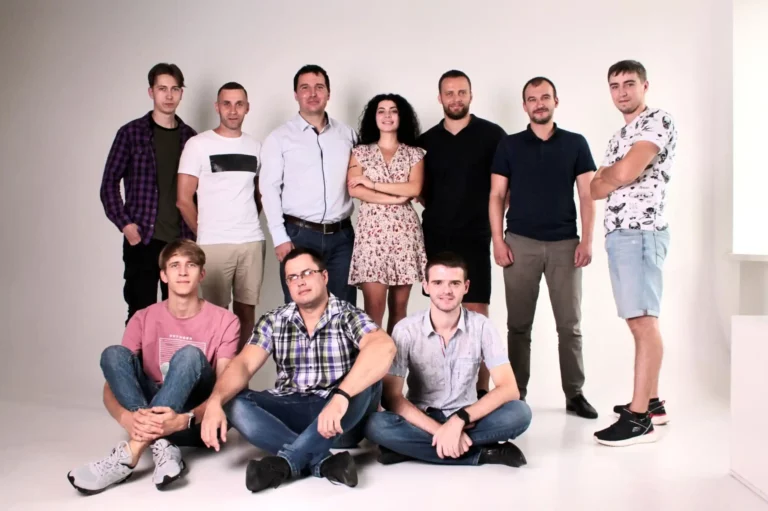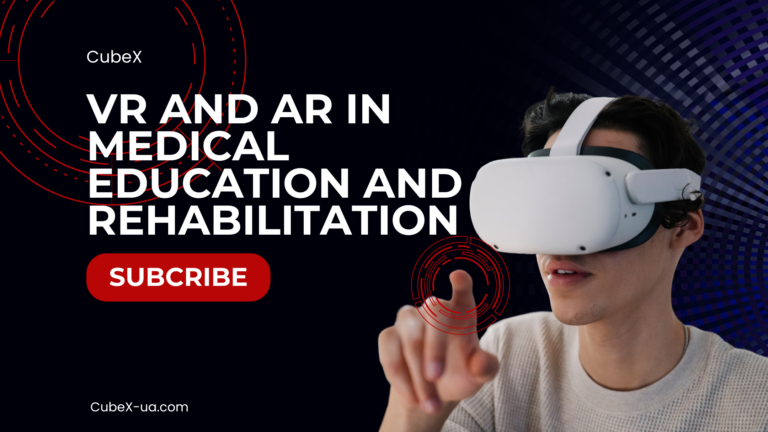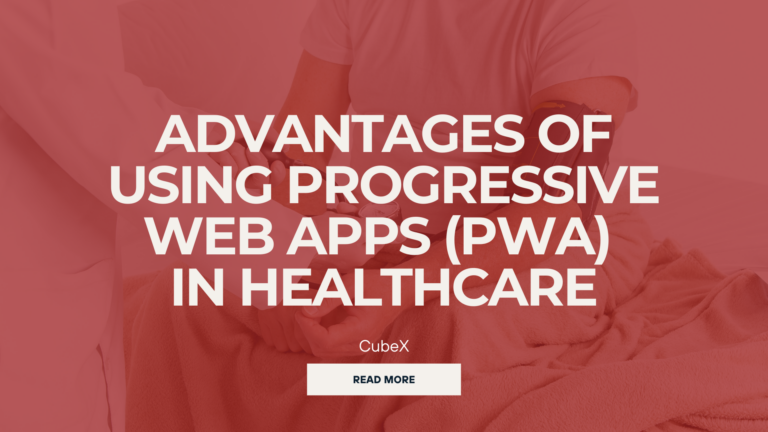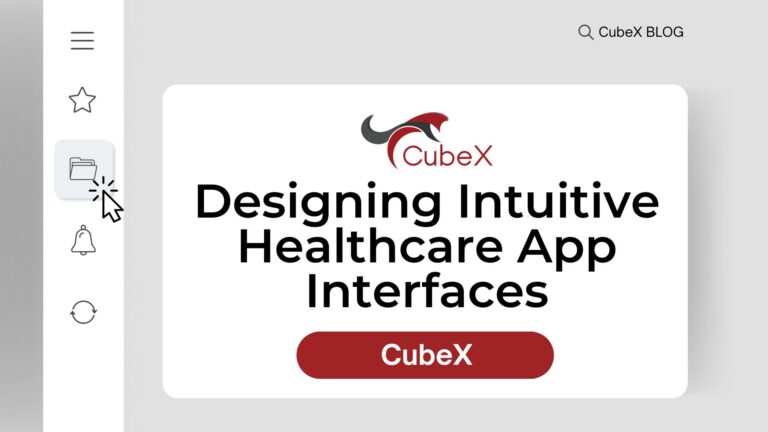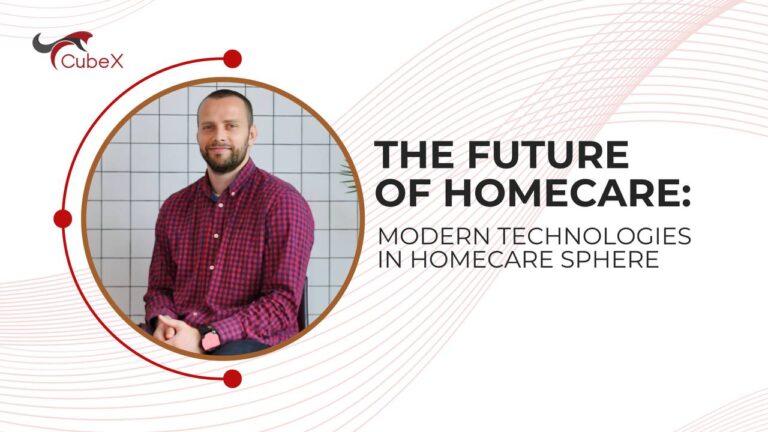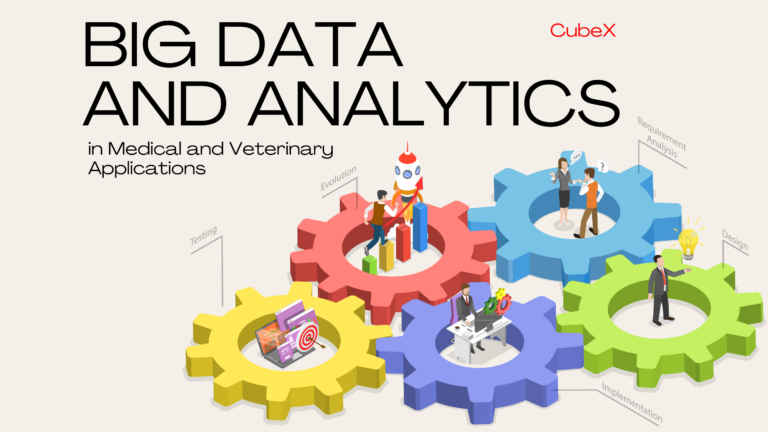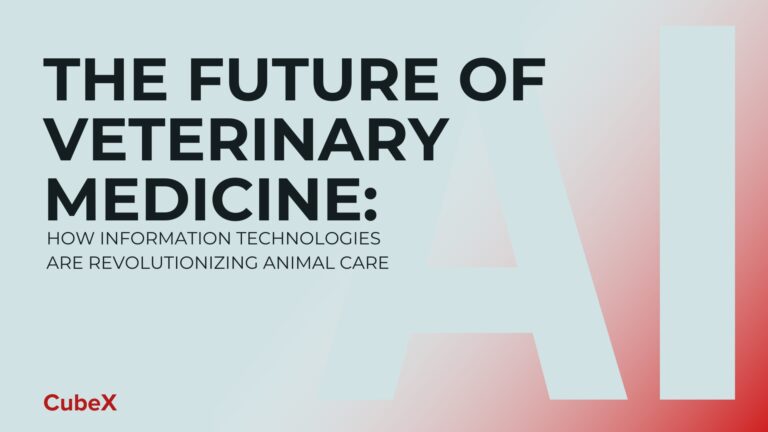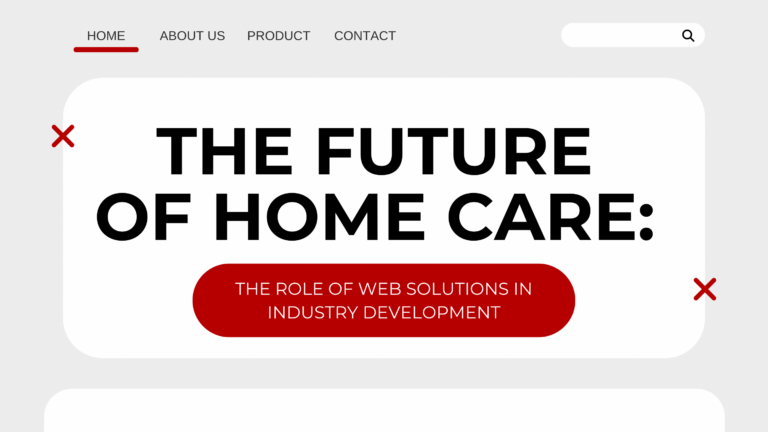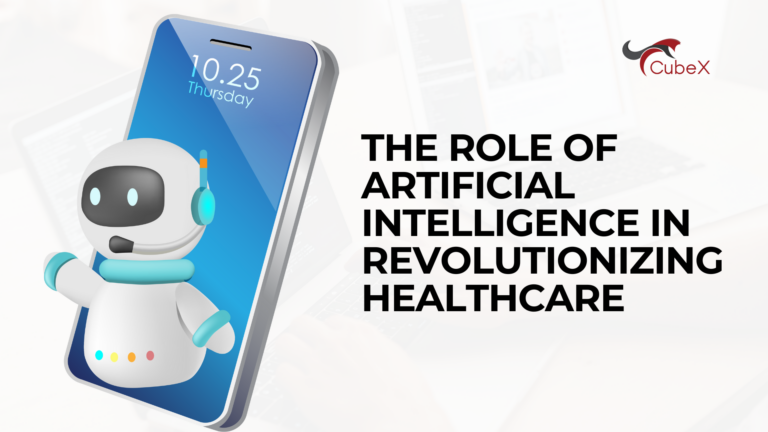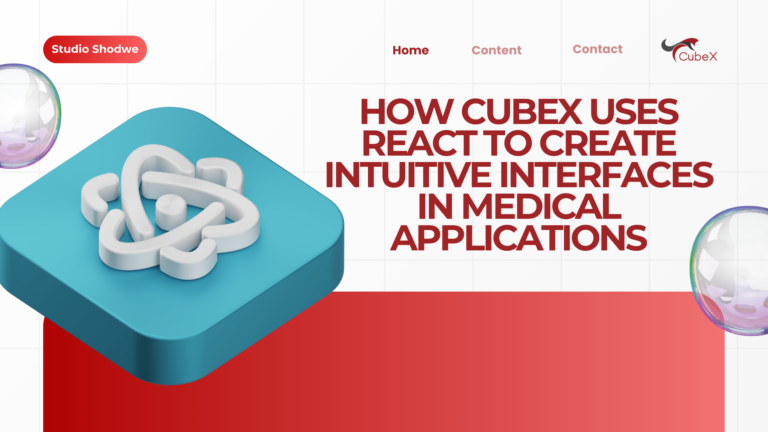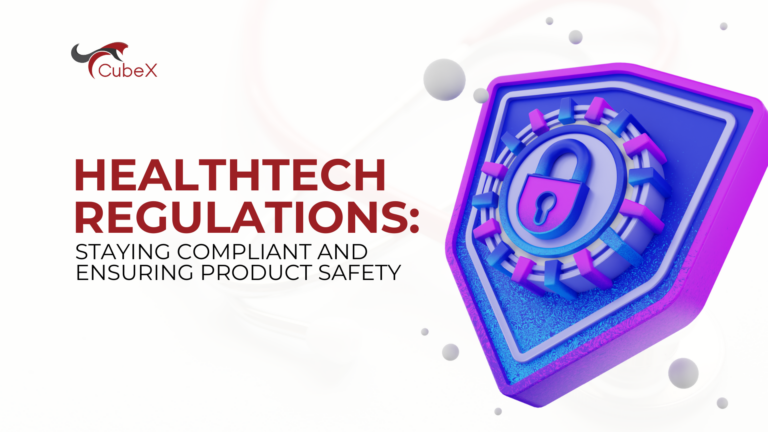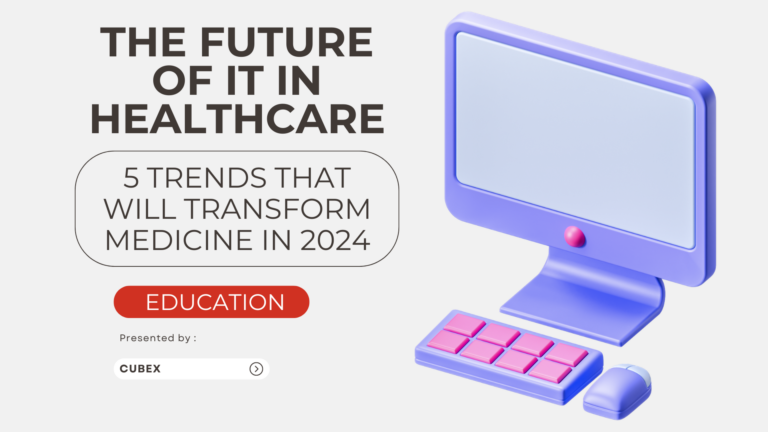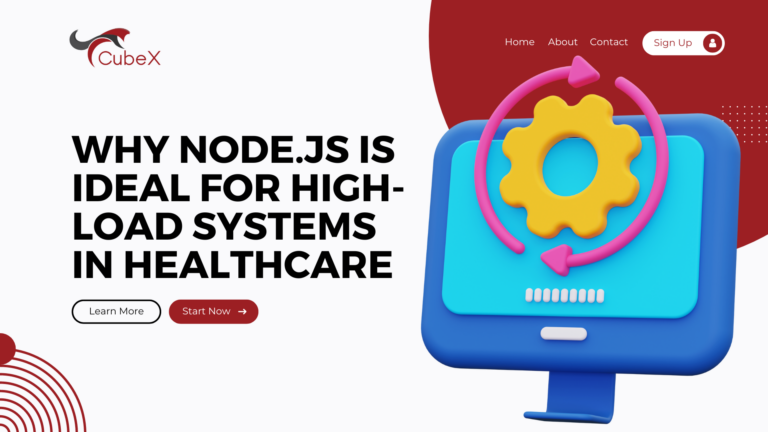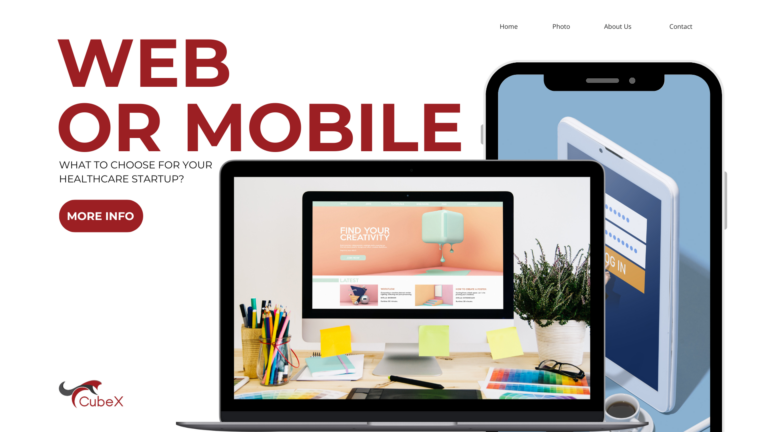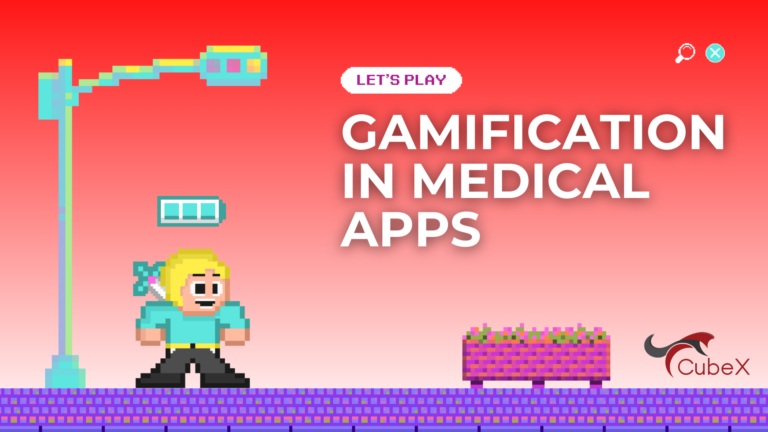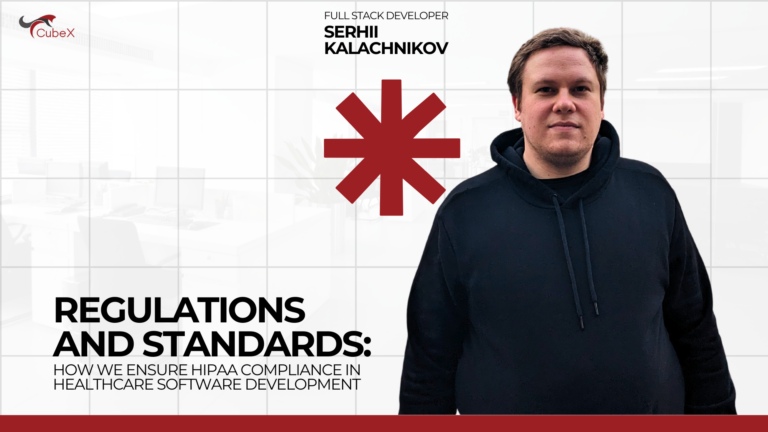VR and AR in Medical Education and Rehabilitation

In recent years, virtual reality (VR) and augmented reality (AR) have become increasingly popular in various fields, including medicine. These technologies are significantly transforming medical education and rehabilitation processes, providing new opportunities for learning and patient recovery.

Medical Education
1. Immersive Learning: VR allows medical students and practitioners to immerse themselves in virtual operating rooms and laboratories where they can practice skills on virtual patients. This reduces the risks associated with learning on real patients and allows for repeated practice, leading to better material retention.
2. Visualization of Complex Concepts: AR helps students visualize anatomical structures and physiological processes in real-time. Special applications and devices can overlay digital images onto real objects, making it easier to understand complex medical concepts and structures.
3. Remote Learning: In the era of the COVID-19 pandemic, the importance of remote learning has increased. VR and AR enable virtual lectures and seminars where students can interact with instructors and each other in a virtual environment without leaving home.
Rehabilitation
1. Virtual Trainers: VR is used to create virtual trainers that help patients regain physical skills after injuries or surgeries. These trainers can simulate various scenarios, adapting to the individual needs and progress of the patient.
2. Motivation and Engagement: Gamification elements in VR and AR can significantly increase patient motivation for regular rehabilitation exercises. Virtual worlds and tasks that need to be completed during treatment make exercises more engaging and less monotonous.
3. Pain and Stress Management: VR is also used for managing chronic pain and stress. Patients can use special programs for relaxation and meditation in a virtual environment, helping to reduce stress levels and improve overall well-being.
Future Prospects
With the advancement of VR and AR technologies, further expansion of their application in medicine is expected. In the future, these technologies may become an integral part of medical education and rehabilitation, providing new methods for learning and patient recovery. Integrating VR and AR into medical practices requires significant investment and time, but it is already clear that their potential is enormous and promises significant improvements in healthcare.
In conclusion, VR and AR are powerful tools that are changing approaches to medical education and rehabilitation, making them more effective, accessible, and interactive. This is just the beginning, and in the coming years, we will likely see even more innovative applications of these technologies in medicine.
Contact Us
Please contact us for any further information

